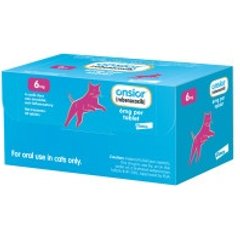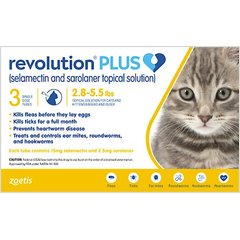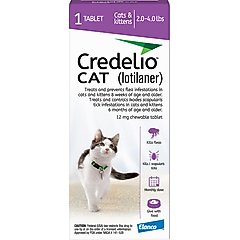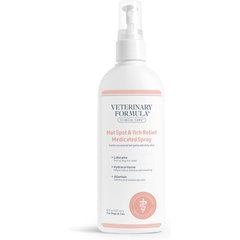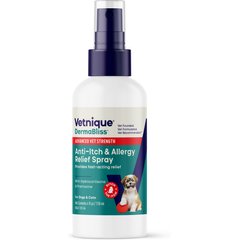Cat Hot Spot Treatment: How To Treat Hot Spots on Cats
Does your cat have a hot spot? These skin infections are itchy, painful, and need prompt veterinary attention. Find out when to call your vet and what cat hot spot treatment entails.
Key Takeaways
- Hot spots on cats are painful skin infections that require prompt veterinary care.
- Treatment includes hair removal, cleansing, medication, and preventing licking/scratching.
- Underlying causes like fleas or allergies must also be addressed to prevent recurrence.
- Home remedies, including coconut oil, are not recommended and may worsen the issue.
When to Go to the Veterinarian for Hot Spots

Photo by Chewy
Cat hot spots are usually painful, and in general should be treated by a veterinarian as soon as possible.
On occasion, a small hot spot may resolve on its own if the inciting factor is removed. However, if the hot spot hasn’t started to dry up and improve within one day, it is unlikely to heal quickly.
The hot spot may cause scarring and is painful for your cat, so take your cat to the vet if it hasn’t improved within a day and seems to be getting worse—or your cat won’t leave it alone or you are worried.
Veterinarians diagnose cat hot spots by asking questions about your cat and conducting a full physical examination. Your veterinarian may want to run skin tests to rule out other conditions; in rare cases, they may recommend biopsying the lesion if the inciting cause is not readily apparent or it is not responding to treatment.
In most cases, they will be able to tell you what caused the hot spot and how to prevent it from happening again.
Cat Hot Spot Treatment
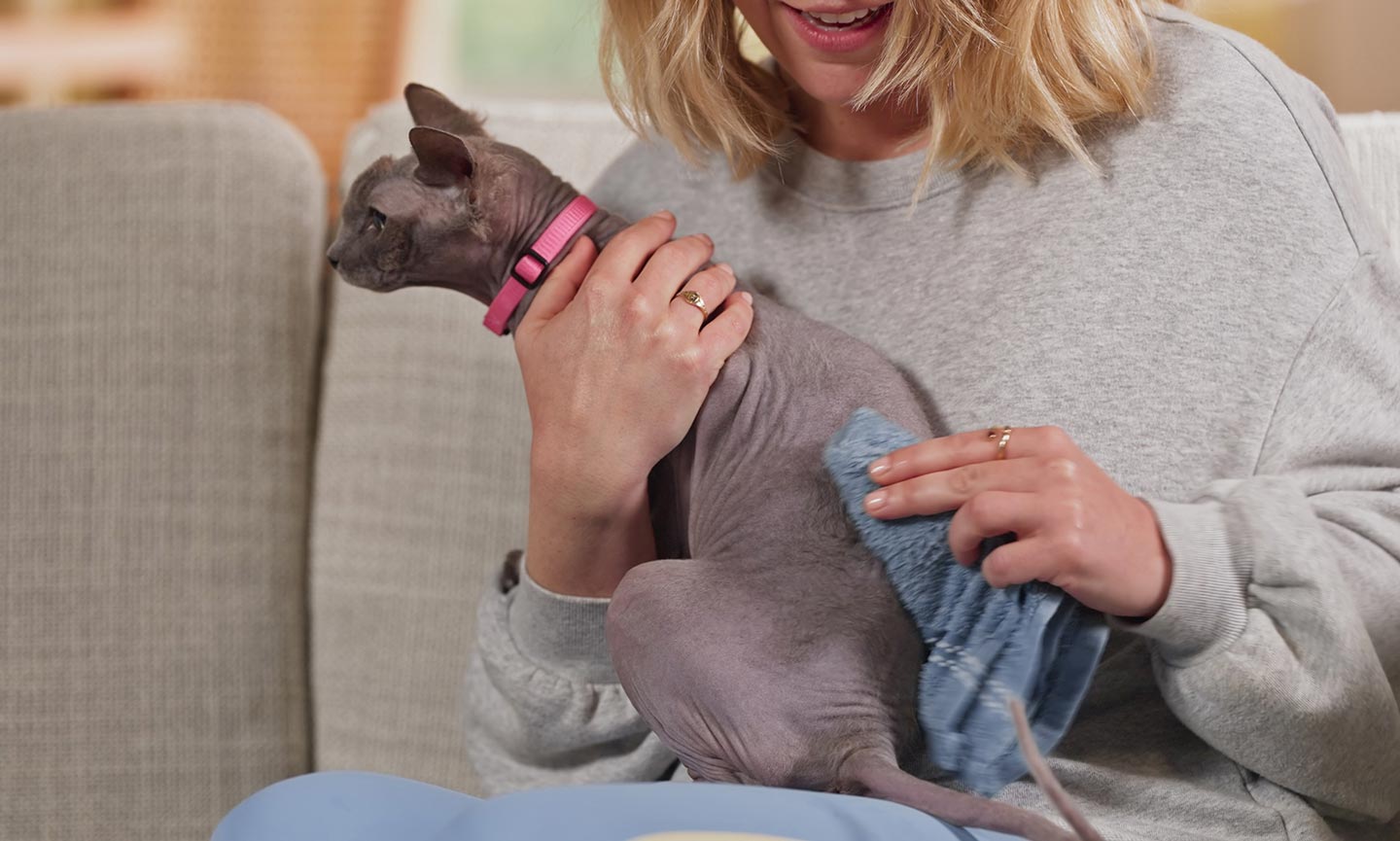
Photo by Chewy
Every veterinarian has their own way to treat hot spots, but in general, treating cat hot spots involves a five-step process:
- Removing all the hair on and around the hot spot with clippers.
- Cleansing and drying the infected skin.
- Testing (if necessary) to diagnose the cause.
- Applying a topical medication that contains corticosteroids, or a numbing agent to reduce pain and inflammation, and administering antibiotics (if necessary) to fight the bacterial infection.
- Fitting the cat with a device (recovery cone, T-shirt, etc.) that will prevent them from licking/scratching the hot spot. This will allow the skin to heal.
Recommended Product
Hot spots are painful. Some cats will need to be sedated for the clipping and cleaning procedure, and your veterinarian may prescribe pain medication such as Onsior to be given at home.
Recommended Product
Your cat will likely be treated with antibiotics (either a one-time injection or oral medication to be given at home). Your cat may also be prescribed a topical medication to be applied to the hot spot at home to help it heal.
Keep giving the medication as prescribed, even if the hot spot looks better, and treat the hot spot for the length of time as directed by your veterinarian.
In addition, keep the recovery cone or T-shirt in place until your veterinarian gives you the all clear, as removing these bite-prevention devices too early can result in your cat damaging their skin and putting everybody back at square one.
How Long Does It Take for Hot Spots to Heal?
Depending on the underlying cause, hot spots can heal in as little as a week or they can take much longer. Your veterinarian will help manage your expectations. Most hot spots resolve quickly once the underlying cause is resolved.
In addition to treating the skin infection, it is critical to deal with the underlying issue that is causing the hot spot or they will reoccur.
If your cat’s hot spot was caused by external parasites such as fleas, the fleas need to be eliminated either with prescription flea medication or flea shampoo.
Recommended Products
If your cat has hot spots due to allergies, your veterinarian will help determine what kind of allergy your cat has and how best to manage that condition.
Hot Spot Spray for Cats
Some veterinarians will prescribe a spray for the hot spot. These sprays typically contain a corticosteroid and an antibiotic.
It is important that the cat does not groom off or ingest the spray, however; if your cat is prescribed a medicated spray, use as directed, and prevent your cat from licking the spray by using a recovery cone or other anti-chewing device.
Recommended Products
Can I Treat Cat Hot Spots With a Home Remedy?
If you notice a hot spot on your cat, you may be tempted to treat it at home with over-the-counter human medications such as cortisone cream or triple antibiotic ointment. However, human OTC products are usually not strong enough to stop the pain or itching.
In addition, most cats will lick the medication off as soon as you apply it. This can cause further issues when a cat consumes medication, as many human products have ingredients that are toxic to cats.
Cat hot spots can get worse quickly, as the cat will continue to bite, chew, or scratch itchy or painful skin. For all of these reasons, home remedies are not recommended for cat hot spots.
If you notice a hot spot on your cat, go to the veterinarian the same day if possible. If you can’t, call your veterinarian for advice on how to manage the hot spot until you can get an appointment.
Can I Use Coconut Oil for Cat Hot Spots?
Coconut oil for cat hot spots is not recommended; it will not resolve the issue and may make it worse.
While coconut oil does have beneficial properties for skin, it is not indicated for skin that is infected or raw. In addition, coconut oil is high in fat and can make your cat sick if they accidentally ingest it while self grooming. Do not use coconut oil on cats for hot spots.

